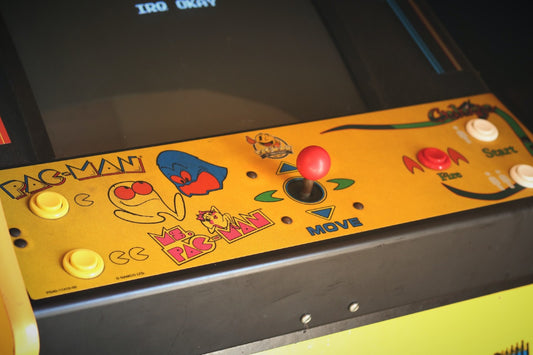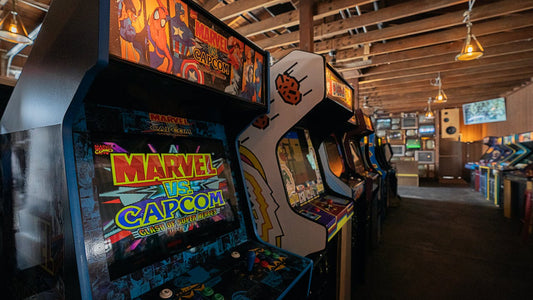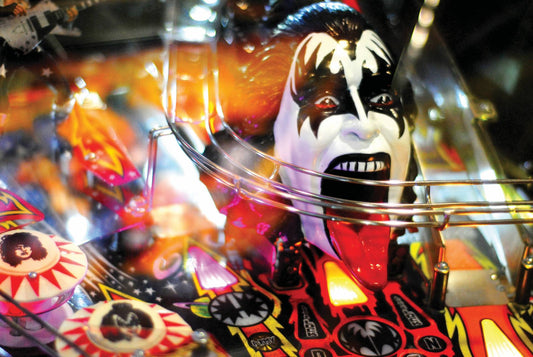Super Nintendo Entertainment System
The Super Nintendo Entertainment System (SNES) was the follow-up system to the Nintendo Entertainment System (NES). The Japanese release of the console saw it named the Super Famicom (SFC) after its predecessor – the Famicom. The system was only developed due to the rising influence in the market from the release of the Sega Mega Drive. The system was upgraded from the NES as it had improved 16-bit graphics, to match Sega’s competition. The SNES introduced far-superior graphics and sound capabilities to rival others on the market and was Nintendo’s second home console and, although it was not as successful as the first, became the best-selling console of its era.
The same team behind the Famicom were assigned to design the Super Famicom, and again they had surpassed expectations for the system when the initial shipment of 300,000 units had sold within hours of release. The console was released on a Wednesday and caused great social disturbance throughout Japan. So much so that the Japanese government stepped in to ask video game manufactures to only release new products on weekends. The SNES is famed for helping Nintendo regain their dominance of the video game console market.
The system was regarded as being a luxury item and one of very high quality, allowing Nintendo to launch with a very small selection of games. Due to the high quality of the launch line-up however, Nintendo received remarkably little backlash for the small selction available at launch. Upon the SFC’s release in Japan only two games were available: Super Mario World and F – Zero. However, these came were joined by titles such as Pilot Wings when the system finally launched in North America and Europe.
The SNES is said to be one of the key players involved in the ‘console wars’ of the time. The two main competitors were Sega (with the Genesis) and Nintendo (with the SNES). Both systems were so popular that no console had a definite lead over the other for several years. Sega’s marketing targeted older gamers, including more graphic and mature content within the games. Whereas Nintendo had a larger family-friendly audience from the NES marketing campaigns. Overall, the SNES had been seen to outsell the Genesis in the North American market during the period.
Nintendo had a strict policy of keeping tight control over games and the content in them. Though, due to the head-to-head rivalry with Sega, this policy was brought to an end. Instead, each region of Nintendo overlooked games released in their area. An example of Nintendo’s measures are shown in the SNES version of the popular arcade game Mortal Kombat. The original game featured violence and gore, with blood and scenes of people dismembering others. Nintendo removed all violence and gore from the game where Sega had kept to the original with their Genesis/ Mega Drive version. This led to Sega’s game becoming more popular and outselling the SNES game. The debate around Mortal Kombat led to ratings being added to games.
Even when we look into the 32-bit era, it is obvious that Nintendo still held dominance within the market. This can be viewed in the last 45 days of 1994, wherein the console had sold 6.1 million consoles making it the fastest-selling video games console of its time.
In 1997, the SNES underwent a redesign, now being sold as the SNS-101. This new model was slimmer and lighter, and was sold with a copy of Super Mario World 2: Yoshi’s Island. A Japanese version was launched as the Super Famicom Jr.
The console finally ceased production in 1999 in North America, although was still being developed in Japan until 2003. With new games for the Japanese system being manufactured until 2000. A regional lockout system was present on the different systems.
Peripherals for the SNES included the Superscope (a light gun), the Super Advantage (arcade-style joystick) and the SNES Mouse (for use in Mario Paint). The controller for the system introduced two new buttons from the previous console. Moreover, an adaptor was released called the Super Game Boy that allowed players to play their Game Boy cartridges through their SNES, updating graphics and gameplay alongside this.
The SNES is regarded by many as the best gaming console ever released, and is considered as Nintendo’s best console. The system selling 49.10 million consoles worldwide, making it the bestselling system of its time. If you want to relive the nostalgia and take a walk down memory lane with these retro games you'll absolutely love our custom arcade machines that can play 1000's of your favourite classic games.



